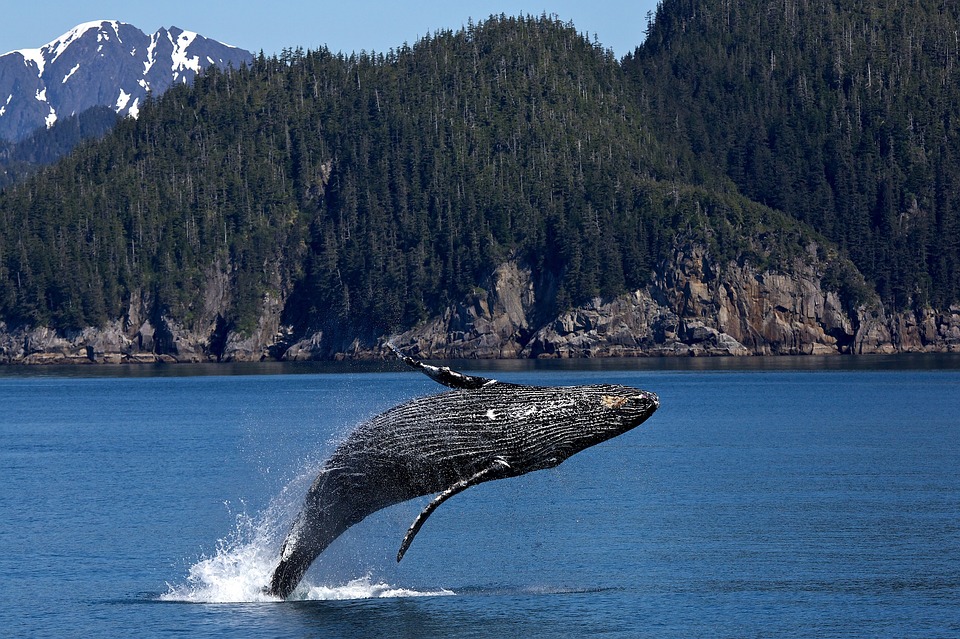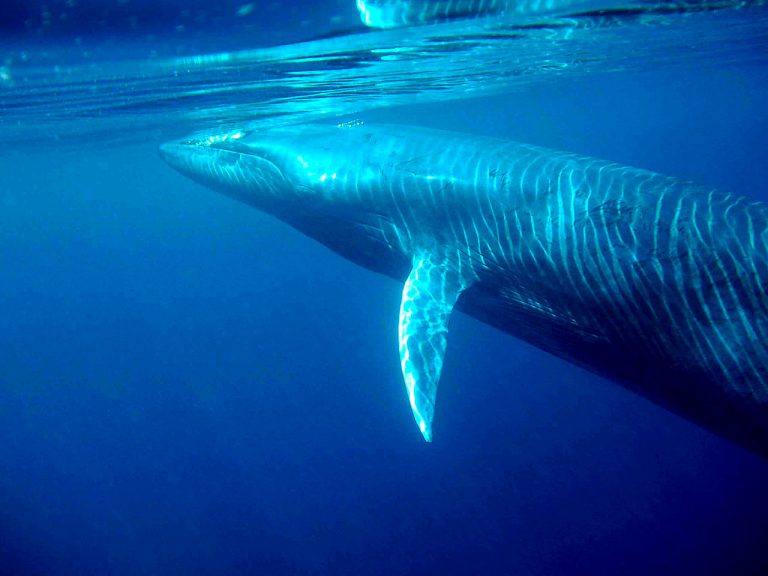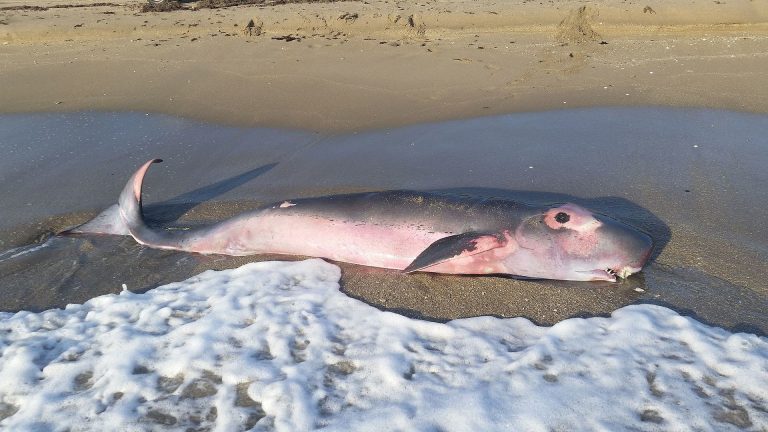Why Do Whales Breach? Answers From Science
If you always thought whales breach out of water just for fun, you’re not alone. Scientists now have some explanations for this behavior.

In all the oceans of the world, you’ll commonly find whales leaping surprisingly high into the air and crashing back into the water. They’ll also slap their tails and fins on the water surface on the way down. This acrobatic performance is called breaching.
When a whale breaches, it lifts and sends its massive bulk leaping clear out of the water. Some species like the Humpback whale (Megaptera Novaeangliae) are particularly known for breaching.
But for long, humans have wondered why whales do this.
Could it be a competitive display between males to show dominance? But that theory doesn’t “hold water” because female whales breach too.
Or could it be a strategy to stun schools of prey and help the whales feed?
Other suggestions are that breaching is a kind of warning for perceived threats, especially for incoming predators and whalers, or even to ward off unwanted attention from vessels. We’ve even wondered if the whales were just having fun and enjoying the water; much like we do when we splash about in a swimming pool.
Well, a team of scientists seem to have deciphered what’s really going on when whales breach.
We’ll look at their findings below.
Why Whales Breach According To Science
Scientists began to suspect breaching may not be as trivial or just a fun activity as people think when they considered that breaching demands so much energy. And whales even breach while fasting during their long migrations.
As a result, researchers believed it played a more crucial role in cetacean (whale, dolphin, and porpoise) living.
To get to the root of this mystery, a team of marine biologists from the University of Queensland spent September and October of 2010 and 2011 at Australia’s Peregian Beach. During their time there, they observed 76 groups of humpback whales that were migrating to the Antarctic region.
The group published their findings this January in the journal Marine Mammal Science. In summary they found that:
- Breaching is much more common when pods of humpbacks are far apart (at least 4,000 meters or 2.5 miles).
- Fin and tail slapping is more frequent when whales come together.
- The researchers say these patterns imply that breaching and slapping are both important in long-distance and close-range communication.
- The resulting sounds from slamming their massive bodies into water is a loud boom, much like a drum. These sounds can travel enormous distances.
Breaching is a common trait among cetaceans.
Why Do Whales Have To Jump Out Of Water To Produce These Sounds?
Remember that sound travels faster in water than in air. Whales have figured this out and by slamming the water surface, they can quickly transmit information to their kind far away.
Also, there’s a lot of other noise in the oceans these days; from vessels and other marine creatures. Whales can overcome noise from other sources briefly when they breach this way.
“This makes absolute perfect sense. Even though these whales can produce calls that travel great distances, if there’s a lot of noise, it might be easy to drown out. Leaping up in the air and splashing down is equivalent to the really keen kid in a classroom jumping up and down waving his arms.” – Chris Parsons, cetacean biologist at George Mason University in Virginia (not associated with this research group).
Below is a brief video extract uploaded on YouTube by Newsy. It discusses parts of the research findings.
Will Humans Ever Understand Whale Communication?
Be that as it may, whale communication still remains one of the planet’s most intriguing mysteries. Humans want to understand what those moans, grunts, cries, and knocks really mean.
For now, researchers don’t know exactly what the whales are saying but they have detected regional accents, and the specific calls unique to particular family units, locations, and even “names” so to speak.
And although new equipment and techniques should make it easier, the overwhelming noise from human activities in the oceans is interfering with the process. Vessels, underwater sonar, motorboats, underwater explosions, and so on are all a part of the problem.
Ultimately, it’s obvious that whales don’t breach for just any single reason. They breach for several reasons depending on the circumstances at the time; to communicate, find mates, to deter threats, etc.






